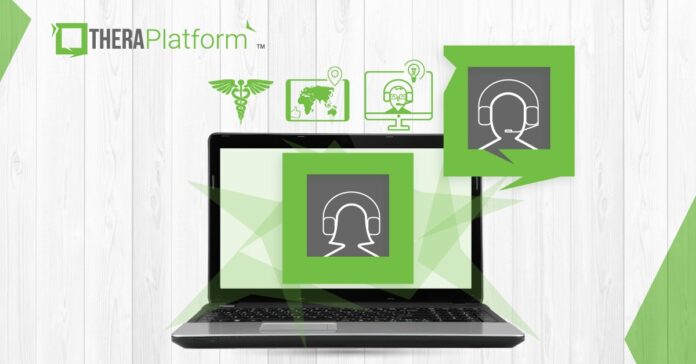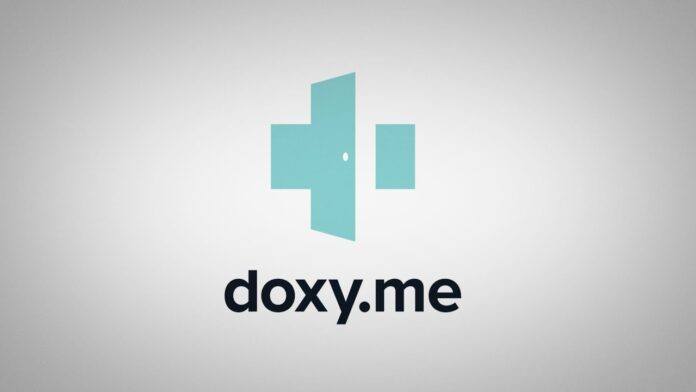Telehealth is more in-demand than ever since the pandemic, and there are plenty of telehealth platforms to choose from. When it comes to selecting the right one for your therapy practice, though, it’s important to choose one of the top-rated options available. This will ensure not only that your patients will be happy with their telehealth experience, but that you will be as well; the platform should be designed to meet the needs of all users. Plenty of telehealth platforms are short on key features, or are known for low-quality video calls; these are the ones you want to avoid. Instead, the best practice management software options are consistently high-quality and intuitive, whether you’re the one providing or receiving the therapy.
In addition to all that, any telehealth platform should be fully HIPAA-compliant, with encrypted video calls and secure databases where patient information is stored. Every telehealth platform discussed here fulfills HIPAA’s requirements, so you don’t have to worry about that when perusing the options below.
At Sensoronics, we offer some of the best pricing in the industry. Our business model guarantees that you will find the product that you need at the best available price.
1. Nuna

Whether it’s a video call or a client’s billing details, all information is securely encrypted on this platform. Nuna is meant to be an all-in-one package for teletherapy, so you can count on finding a lot of relevant features on this platform. Users can exchange files and screen-share during video calls, and therapists are able to keep notes for every session. When a client has an upcoming appointment scheduled, they’ll get an automated reminder via email. Therapists don’t have to worry about invoicing or billing, either; the platform takes care of it automatically.
2. TheraPlatform

With end-to-end encryption for video calls, round-the-clock server monitoring, and secure site connections, TheraPlatform takes HIPAA compliance seriously. As one of the few telehealth platforms that’s designed specifically with therapy in mind, it offers many different features that make life easier for everyone. Therapists can automate calendar reminders, invoicing, and billing, while clients can access the client portal to manage appointments, view e-claim submission forms and reports, and use interactive apps. The platform also gives therapists the options to record sessions, and to take notes on the interactive whiteboard.
3. Doxy.me

This is one of the few mobile-friendly telehealth platforms, which is very convenient for on-the-go clients. If you’re interested in giving your teletherapy practice a more professional look, Doxy.me gives you the option to customize the platform with your own logo. Healthcare professionals also get access to an online store that provides telehealth-related equipment, like microphones, laptops, and blood pressure monitors that can be used for remote monitoring. And of course, it also offers high-quality video calls.
4. VSee

In addition to offering things like video calls and appointment management, VSee also focuses on features that facilitate communication between therapist and client. The platform can track integrated equipment such as wireless scales, blood pressure monitors, and Fitbits, which helps both parties monitor the client’s progress. It also lets clients contribute information themselves, with the option to send photos, food diaries, and mood charts to their therapist.
5. Zoom for Healthcare

Zoom is already a familiar name to many, so Zoom for Healthcare is a very accessible choice for the average client. The company may not be exclusively dedicated to telehealth, but this platform is still one of the top choices. Why? Because they have quite a few features that healthcare providers have come to expect from telehealth platforms. There are video calls and integration with clients’ electronic health records, of course, as well as connectivity with medical devices. This platform doesn’t provide everything, however; you won’t be able to take care of documentation, billing, or appointment scheduling with Zoom for Healthcare.
Core features to expect from a top telehealth platform
Even though the features you want will depend on your individual therapy practice, there are still a few key aspects to check before making a decision.
- Reasonable pricing options – Most telehealth platforms have various pricing plans that depend on the size of the practice, but whatever plan you end up with, you should first determine how the price will affect profit margins. Would you have to increase the fees for your clients, or would it be small enough to just absorb with the other costs of administration? Keep in mind that this could not only affect your clients personally, but also how your prices look compared to your competitors.
- Top-level user experience – There are a couple of aspects to this. First, the platform should be intuitive for users of any skill level or age; anything that’s hard to navigate won’t serve your clients very well. Second, the video call quality should be in HD, and it should also be consistent; a sharp image on the screen doesn’t do any good if the calls keep getting dropped. Sound quality could also be an issue. If you have doubts about any of these factors, online reviews should tell you what the average user experience is like.
Source: lawyersweekly.com.au - Security for client data – This isn’t just common sense; it’s also a matter of HIPAA compliance. Whether you’re holding therapy sessions in-person or virtually, the contents of the sessions (as well as all relevant client information) have to be kept confidential. If everything’s being stored online, this means encrypted video calls, as well as rigorous digital security protocols to protect the clients’ information.
- Features that streamline workflow – This is where telehealth platforms vary the most. They might automate billing and appointment management, or they might focus on features that keep therapists and clients connected between sessions. They could include client portals and integrate with medical devices, or they could let you store session notes for each client. You’ll generally get the same core features, but the extras will be up to each platform.
Ultimately, the “best” telehealth platform is whichever one meets the needs of your therapy practice.
You might want practice management software that can work alongside your current management system, or you might want a platform that’s more comprehensive. Whatever the case, there’s no doubt that finding the perfect teletherapy platform is easier than ever.










